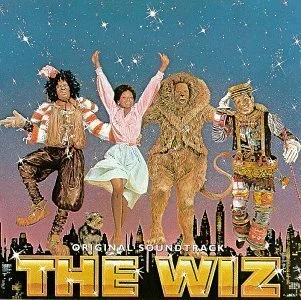Soft Worldbuilding
Let’s finish this two-part series in hard and soft worldbuilding. If you missed my last article, DON’T WORRY! You can read it by clicking here!
Hard worldbuilding is distinct because of its clear rules, limitations, the vision for the story, and its sense of realism. In contrast, soft worldbuilding would seem to be the exact opposite, right? Not exactly.
Soft worldbuilding (SWB) is unique because it lacks the concrete rules of hard worldbuilding, typically creating whimsical and wondrous worlds in the process. Think of some of your favorite childhood books/movies; things like the Dr. Seuss books, The Wizard of Oz, or Alice in Wonderland. While these books are certainly entertaining, they aren’t exactly remembered for the story as much as they are for the worldbuilding.
Dr. Seuss is full of quirky characters, whimsical settings, and silly, made-up creatures even children couldn’t imagine. I remember The Cat in the Hat, The Lorax, Green Eggs and Ham, and Oh, The Places You’ll Go! with a smile on my face. But, now I have to ask myself; what the heck did I read as a child?
What is a lorax, and why do all the trees look like sticks of cotton candy? Why are eggs and ham green? How did they get that way? Why is the cat wearing a hat?
These are really sensible questions to ask, any reader over five-years-old probably has asked these questions before—haha. But what makes these stories so lovable isn’t that everything makes sense or seems realistic or fits within the bounds of the rules/limitations created by the author. Dr. Suess’s books are enjoyable because they don’t make sense.
The things that make us scratch our heads aren’t meant to be understood. The wackiness, the whimsical settings, and the feeling that anything could happen, any person or creature could appear with any sort of powers or abilities is what makes soft worldbuilding beautiful.
One of the most important things about SWB is rationalization—or the lack thereof. You don’t need to make every part of your world make sense. You don’t have clarify why the cat is wearing a hat, why the trees are shaped funny, or why the eggs and ham are green. These quirks aren’t accidents and trying to explain them would only make the story confusing.
Accepting the bizarreness or the oddities within soft worldbuilding is part of the worldbuilding itself. So, in a way, your readers help put your story together almost as much as you do!
It’s important to trust your audience. We didn’t come to love Alice in Wonderland and all of its randomness because we understood exactly how the world worked. We grew to love the story because we accepted how the world worked. Even when it comes to things your readers may not completely grasp or understand the way you do; you don’t have to try to break things down to make anyone understand. The Who, What, When, Where, and especially the Why and How of your world aren’t necessarily important for readers to grasp as long as they can still follow the story.
But just because readers are willing to accept the quirks and even the gaps in your worldbuilding doesn’t mean a story with SWB has to be totally void of rules or realism. If you are creating a world using soft worldbuilding, you can still have a vision, standard guidelines, and even a culture. The key to successfully SWB is to remember the small facts aren’t as important as building the plot, learn to trust your readers, and don’t throw all the rules and realism out the window.
I think this wraps up this short series but if you’re looking for more material on worldbuilding, you can take a look at any of the following articles:
Worldbuilding Isn’t That Serious
Worldbuilding Christian Fantasy: Writing Religion in Fiction
You can also watch our videos for authors/writers on YouTube [click here to start watching now!]! Don’t forget to subscribe to my monthly newsletter so you can stay updated on new posts! Thank you so much for reading, God bless!



